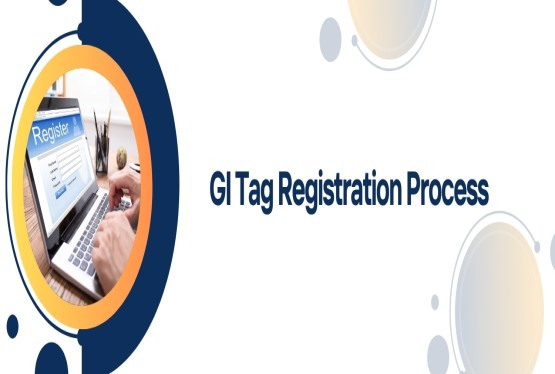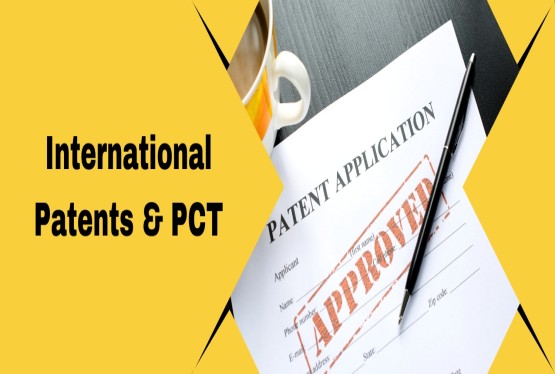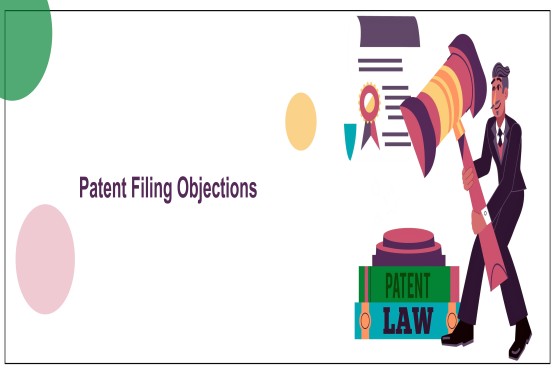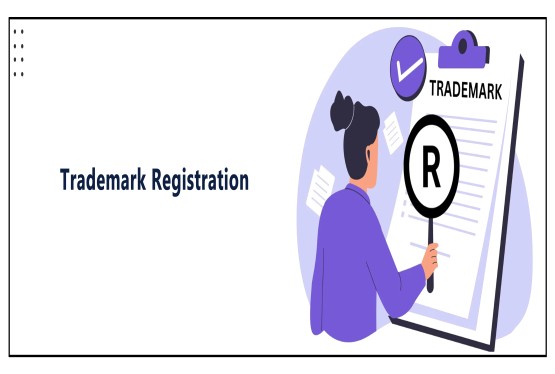A trademark is a unique word, logo, symbol assigned to products or services of a business, company to provide it an identity to be distinguished from its competitors. By registering a trademark, the owner has various rights for the protection of its trademark. Section 28 of the Trade Marks ACT, 1999 provides exclusive rights to the owner of the trademark. So, it is always advised to seek help of a trademark attorney during the process of registration of trademark for an easy and convenient work.
Section 2(zb) of the Trade Marks Act, 1999 provides trade mark means a mark capable of being represented graphically and which is capable of distinguishing the goods or services of one person from those of others and may include shape of goods, their packaging and combination of colors, further provided in (i) and (ii)
Trademarks mostly include symbols logos, words, pictures, letters and numerals. These are the traditional marks, which have been trademarked since a long time. However, with the change in dynamics of Intellectual Property Law, the trademarks now are just not limited to these traditional marks. The concept of Non- Conventional trademark even after many years is still new to the trademark law.
What are Non-Conventional Trademarks?
Non- Conventional, Unconventional trademarks are the marks originating from shapes, sounds, smells, tastes, and textures. As per Trade Marks Act, 1999 only the marks which can be graphically represented and pass the examination process are considered to be registered, so if any non-conventional mark is graphically registered, it can also be a trademark.
Types of Non- Conventional Trademark
Smell Trademark
Smell is one of our five senses, and the smell of a product can have a long-lasting impact on people. Hence, many companies register the smell of their products to establish the right on that smell. Even though many counties in the world have TM Accepted and registered smell trademark, in India there has still been no registration of smell trademark. You can also register your smell trademark with the help of trademark attorneys.
Sound Trademark
In this trademark, the trademark is in the form of sound or music. e.g.: Yahoo Inc.’s three-note yodel & ICICI Bank’s corporate jingle. For a sound to be registered as a trademark in India; an MP3 recording of the said jingle, chime or musical composition, which is not more than 30 seconds in length, has to be submitted to the Office of Registrar of Trade Marks as per Section 26(5) 3 of the Trade Marks Rules, 2017. There is an additional requirement of submitting a graphical notation also has to be submitted. Furthermore, according to the Draft Manual of Trade Marks Practice and Procedure, the application submitted should clearly indicate that the trademark is being sought for a sound.
Colour Trademark
In this trademark, colour is used as trademark. It may be a specific colour or varied combinations of colours. e.g. Blue of Tiffany. A combination of colours find mention in s. 2(1)(m) , 2(1)(zb) and 10(1)of the Trade Marks Act, 1999. However, there is nothing mentioned about the single colour trademarks anywhere in the Act. Additionally, Section 9(1)(a) of the Act states that non distinctive trademarks should not be registered.
Shape Trademark
Similar to the colour trademark, shape trademark is also find mention under the same sections of Trade Marks Act, 1999. Just like the condition of combination of colours for colour trademarks, the shape should be distinctive in nature for shape trademarks. As per s. 9(3) of the Act the shape to be eligible for a trademark should be distinctive from the good or service i.e. should not be due to the nature of the product. Furthermore, the shape must not have functional considerations or to obtain a technical result. The Draft Manual of Trade Marks Practice and Procedure further clarifies shape marks and their registration in India.
Taste Trademark
In this trademark, the flavor of the product is the trademark. However, to qualify as a trademark the consumers should be able to associate with the flavor of a particular product. Taste as trademark has gained recognition in European Union, USA, Britain and Canada . However, it is yet to be recognized in India. Moreover, it is important to note that any trademark which is objected on relative grounds as per Section 11(1) of the Trademarks will not be registered.
Tactile Trademark
Trademarks related to the sense of touch are tactile trademarks. One of the most prominent human senses is touch. Such trademarks were first recognized by the International Trademark Association in 2006 by adoption of Resolution supporting the recognition and registration of touch marks. Similar to all other marks, a tactile mark cannot be functional in nature. However, the tactile marks are not easy to present graphically hence, there are very few tactile marks. Generally, such marks only get registered after acquiring distinctiveness by being in use for a substantial amount of time. e.g.: Federal trademark registration of a touch mark comprising “ a velvet textured covering on the surface of a bottle of wine. ” by American Wholesale Wine & Spirits, Inc. and “ cotton-textured paper, which is wrapped around an oval-shaped soap tied with a silver-colored wire ” by Fresh Inc.
Challenges To Non-Conventional Trademarks:
For unconventional trademark to get registered, it needs to comply with statutory provisions which are different across different countries. In Seickmann v. Deutsches Patent-und Markenamt , the European Court of Justice (ECJ) held that the graphical representation of the non-conventional trademarks must be “clear, precise, self-contained, easily accessible, intelligible, durable and objective”. This approach is now widely accepted and popularly known as the Sieckmann test. It was applied in several other cases later on including the case of Apple Inc v. Deutsches Patent und Markenamt . The Trade Mark Act of 1999 provides for registration of trademarks.
However, the law deals primarily with conventional forms of trademarks. India has a complex process for registering non-conventional trademarks. Sound trademarks are registered by providing clips of sound along with notes of music.
Rule 26 (2) of Trade Mark Rules provides that colour trademarks are to be registered by furnishing reproduction of the colour combination . Applicant has to demonstrate the uniqueness acquired on the basis of regular usage in good faith. In Colgate Palmolive Company v Anchor Health & Beauty Care Pvt Limited, the court held that trade dress and general appearance on the basis of colour combination is the basis for identification of goods and services.
Rule 26 (3) of Trade Mark Rules provide that 3D trademarks can be registered by reproducing the trademark, that shall consist of two dimensional or photographic reproduction.
Rule 26 (4) of Trade Mark Rules provides that shape trademarks can be done on the basis of shape of goods or mode of packing.
Conclusion
Technology has become an indispensable part of our lives . From our bathroom equipment to our cars everything is dependent on technology. The need for trademarks has accordingly gained more significance than ever before. Businesses devote a lot of time, energy, and capital to making quality goods and services that set them apart from their competitors. The non-conventional trademarks have also attained great prominence to distinguish the products. However, the jurisprudence relating to non-conventional trademarks is not explored in India yet. Not all non-conventional trademarks have been recognized legally. The need of the hour is to take inspiration from developed countries and create a legal mechanism pertaining to non-conventional trademarks.
Do you want to register your trademark or unconventional trademark and stuck in the process? Don’t worry, you can contact Compliance Calendar today and we will be glad to help you!






























_(b)_of_the_Trademark_Act,_1999_(1)_crop10_thumb.jpg)



_crop10_thumb.jpg)



























_crop10_thumb.jpg)
_crop10_thumb.jpg)






_crop10_thumb.jpg)








_crop10_thumb.jpg)



_crop10_thumb.jpg)





























_crop10_thumb.jpg)

















_crop10_thumb.jpg)






_crop10_thumb.jpg)












































































































































_crop10_thumb.jpg)




































_crop10_thumb.jpg)












_crop10_thumb.jpg)













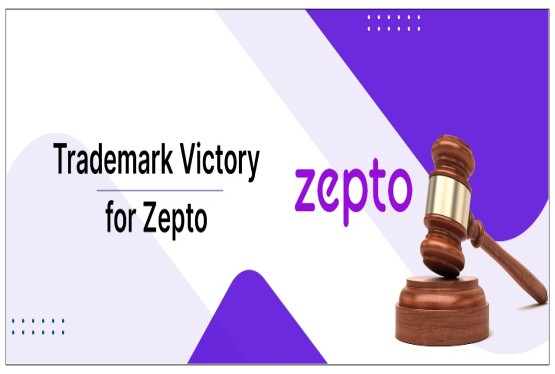




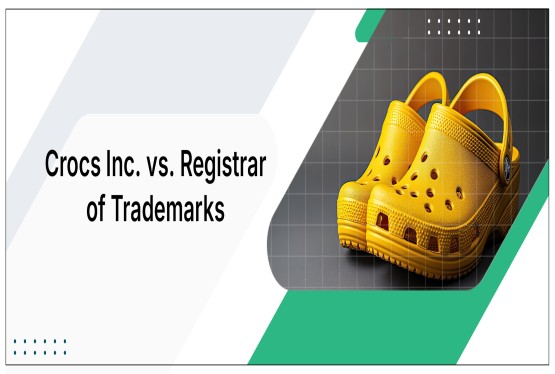




























_crop10_thumb.jpg)

















